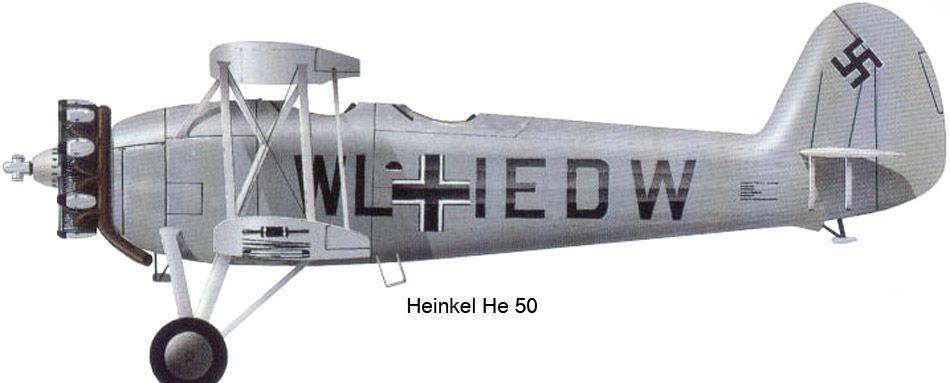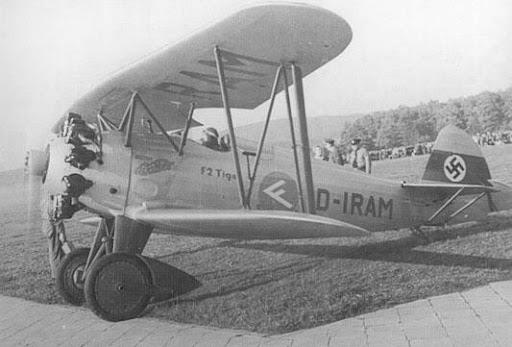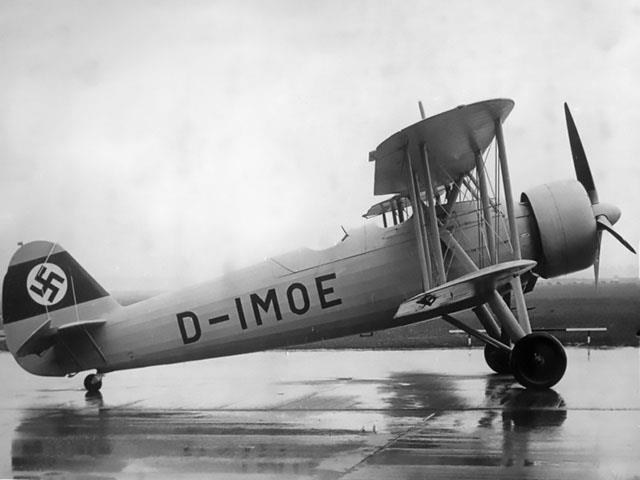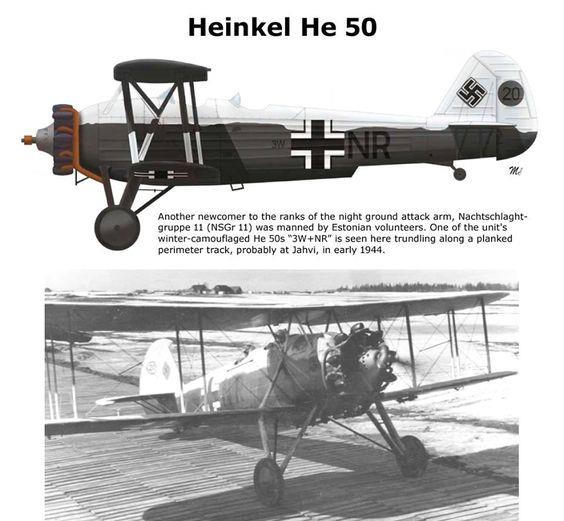| Type |
He 50aW, Two seat dive bomber |
He 50aL , V1, 2-seat divebomber and reconaissance |
He 50A, 2-seat dive bomber |
| Engine |
1 Junkers L 5G |
1 Siemens Jupiter VI |
1 Siemens SAM 322B |
| Dimensions |
Length 10,2 m, height 4,5 m , span 11,50 m , wing area 34,8 m2 , |
Length 9,6 m, height 4,13 m , span 11,50 m , wing area 34,8 m2 , |
Length 9,6 m, height 4,06 m , span 11,50 m , wing area 34,8 m2 , |
| Weights |
Empty 1760 kg, loaded 2210 kg, max. take off weight |
Empty 1535 kg, loaded 2335 kg, max. take off weight |
Empty 1600 kg, loaded 2620 kg, max. take off weight |
| Performance |
Max.. speed at sea level 185 km/h , cruising speed 170 km/h , range , endurance , service ceiling , climb |
Max.. speed at 1000 m 246 km/h , cruising speed 220 km/h , landing speed 82 km/h, range 650 km, endurance , service ceiling 5400 m , climb
|
Max.. speed at sea level 230 km/h, at 1000 m 234 km/h ,at 2000 m 230 km/h cruising speed 190 km/h , landing speed 95 km/h, range 650 km, endurance , service ceiling 6400 m , climb to 1000 m 3 min., to 2000 m 6 min. 30 sec., to 4000 m 16 min. , start run 250 m |
| Armament |
|
Divebomber 1 MG 17 fixed forward, reconnaissan |




